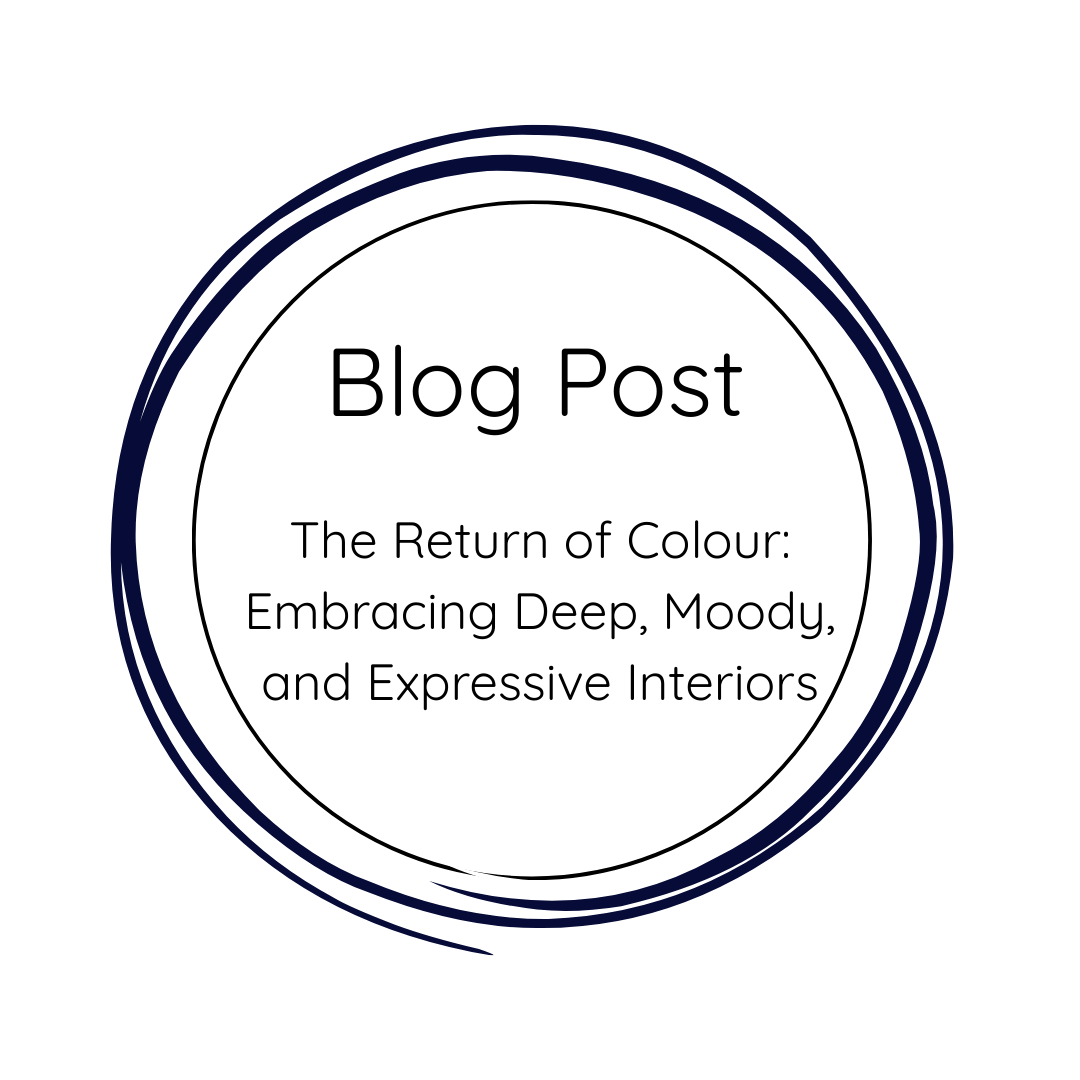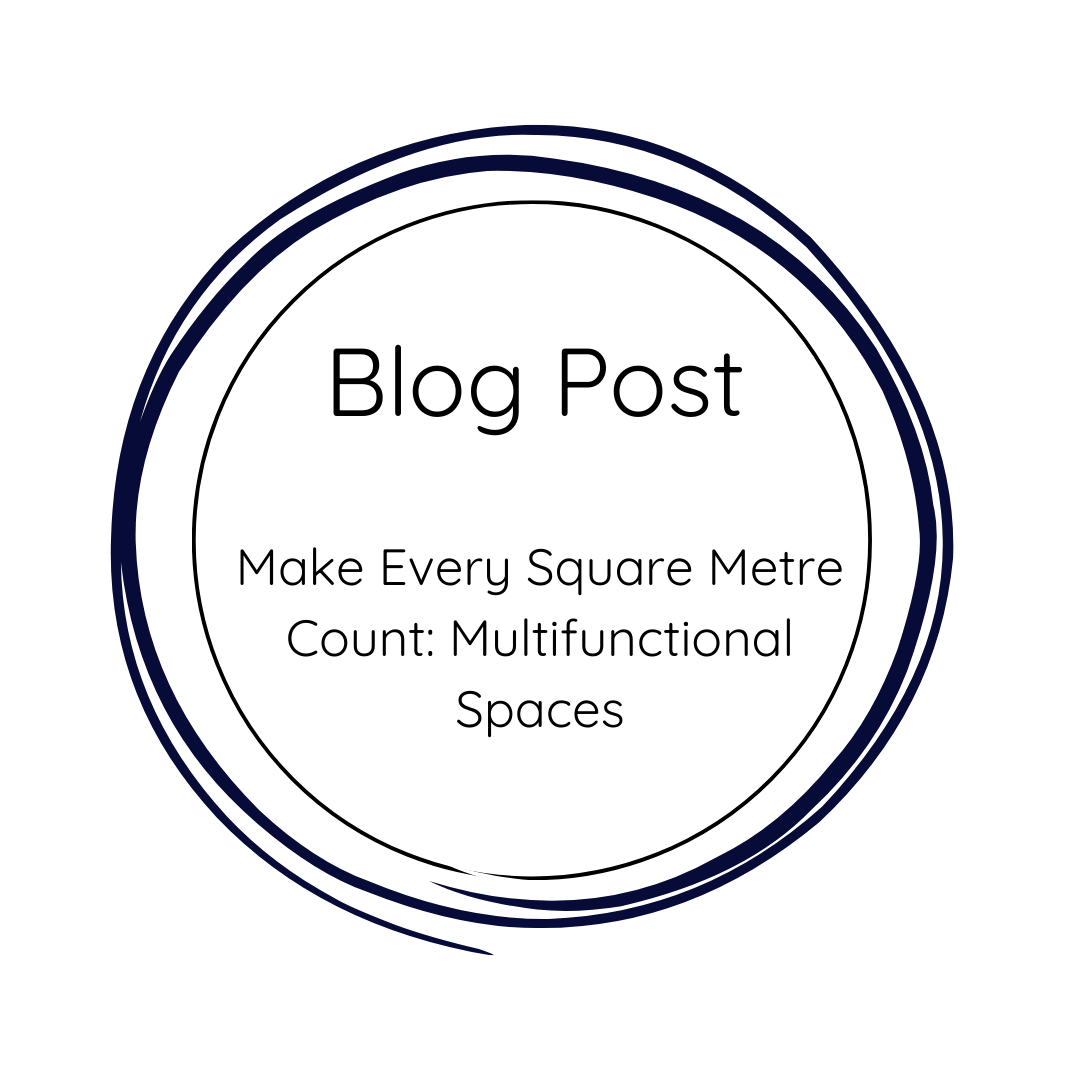Lighting does so much more than simply help us see in the dark. It shapes the mood of a room, influences how we feel, and acts as the jewellery that finishes an outfit. While spotlights are practical and lamps are cosy, nothing quite captures the imagination like a chandelier.
For centuries, these dazzling fixtures have been the crown jewels of interiors. But if you think they are reserved solely for grand ballrooms or palaces, think again. Today, the chandelier has evolved. It is accessible, versatile, and ready to transform any space into something truly special. Whether you are renovating a period property or adding character to a new build, discovering the joy of statement lighting is an adventure in design.
What defines a chandelier?
At its simplest, a chandelier is a branched ornamental light fixture designed to be mounted on ceilings or walls. Unlike a standard pendant light, which typically hangs from a single cord with one bulb, a chandelier features multiple arms or branches holding multiple light sources.
The word itself comes from the French ‘chandelle’ meaning candle, hinting at its origins. However, the modern definition has expanded beautifully. While we still love the classic tiered crystal designs that catch the light in a thousand tiny rainbows, the category now includes sleek industrial metals, rustic wooden beams, and mid-century modern starbursts. It is less about a specific material and more about the impact. A chandelier is designed to command attention and serve as the artistic centrepiece of a room.
From candlelight to electric dreams
The history of the chandelier is a journey through time, reflecting the changing tastes and technologies of the ages.
In the medieval period, the earliest chandeliers were strictly functional. They were simple wooden crosses with spikes to hold candles, hoisted into the air by ropes in churches and abbeys. They were rustic, practical, and a far cry from the glitter we associate with the name today.
It wasn’t until the 16th and 17th centuries that they became status symbols. Rock crystal chandeliers began to appear in the homes of the wealthy, designed to refract the weak light of candles and amplify the brightness in a room. By the 18th century, the discovery of lead crystal changed everything. Glassmakers discovered that adding lead oxide to glass made it clearer, easier to cut, and incredibly prismatic. This led to the creation of the elaborate, glittering fixtures that adorned the palaces of Europe.
The 19th century brought gas lighting, followed by the electric revolution. Suddenly, chandeliers didn’t need to catch candle smoke; they could be cleaner, brighter, and more creative. Today, we have the freedom to enjoy designs from any of these eras, mixing history with modern LED efficiency.
Breaking the ‘stately home’ myth
There is a common misconception that you need high ceilings, decorative cornicing, and a manor house address to hang a chandelier. This simply isn’t true.
Modern lighting designers have democratised elegance. You can find petite chandeliers designed specifically for cloakrooms or hallways, and flush-mount options (where the fixture sits closer to the ceiling) that provide all the drama without stealing your headspace in rooms with lower ceilings.
The style of your home shouldn’t hold you back, either.
- For the minimalist: Look for clean lines, geometric shapes, and matte black or brass finishes.
- For the rustic cottage: Consider fixtures made from distressed wood, wrought iron, or designs that mimic antlers.
- For the urban apartment: Industrial styles using exposed bulbs and pipework create a trendy, loft-style vibe.
A chandelier is no longer a symbol of exclusion; it is an invitation to express your personal style, regardless of your square footage.
Why invite a chandelier into your home?
Aside from their obvious beauty, there are compelling reasons to choose a chandelier over standard downlights or plain shades.
Instant focal point
Every room needs an anchor—a place for the eye to rest. In a living room, this might be the fireplace; in a bedroom, the bed. A chandelier provides an immediate, stunning focal point that pulls a design scheme together. It draws the eye upward, making a room feel taller and more spacious.
Unmatched ambience
Because chandeliers use multiple bulbs, they offer a different quality of light. Rather than a single harsh beam, you get a diffuse, glowing radiance that spreads evenly across the room. When paired with a dimmer switch, a chandelier becomes a mood-maker. Turn it up for board games and homework, or dim it down for a romantic dinner or a relaxing evening with a book.
versatile elegance
A chandelier has the power to soften hard edges. In a kitchen full of stainless steel appliances and stone worktops, a crystal or glass chandelier adds a necessary touch of softness and glamour. In a bathroom, it transforms a functional space into a personal spa.
How to choose the perfect chandelier
Selecting the right fixture can feel daunting, but it creates a wonderful opportunity to be creative. Keep these practical tips in mind to ensure your choice fits perfectly.
Get the scale right
Size matters. A fixture that is too small will look lost, while one that is too large will overwhelm the space. A handy designer’s trick is to add the length and width of the room together in feet, and use that number as the diameter of your chandelier in inches. For example, if your room is 10 feet by 12 feet, look for a fixture with a diameter of roughly 22 inches.
Consider the drop
Height is crucial for safety and aesthetics. In a dining room, the bottom of the chandelier should hang roughly 30 to 36 inches above the table surface. This ensures it illuminates the meal without blocking the view across the table. In open walking areas, ensure the bottom of the light is at least 7 feet from the floor so no tall guests bump their heads.
Match the finish
Look at the existing metals in your room. What finish are your door handles, curtain rails, or cabinet knobs? You don’t have to match everything perfectly, but keeping within the same family (like warm gold/brass or cool chrome/nickel) helps create a cohesive look.
Check the light source
Think about the quality of light you need. Do you want the warm, flickering look of candle-style bulbs, or the bright, clean light of modern LEDs? Many chandeliers now come with integrated LEDs, which mean you never have to change a bulb, but traditional sockets offer more flexibility to change the “colour temperature” of the room later on.
Light up your life
Installing a chandelier is one of the most effective upgrades you can make to your home. It creates a sense of occasion every time you flick the switch. Whether you crave the romance of dripping crystals or the sharp edge of modern sculpture, there is a light out there waiting to transform your ceiling.
So, look up. Is your space reaching its full potential? perhaps it’s time to add a little sparkle. Explore our collection today and find the piece that makes your home shine.
See our range of chandeliers here
Further Reading: Affordable Decorating Ideas That Will Transform Your Home, Sustainable Chic: A Beginner’s Guide to Circular Design
Daily Inspiration: Follow Us on Instagram, BlueSky, Threads , Pinterest, Twitter, TikTok




